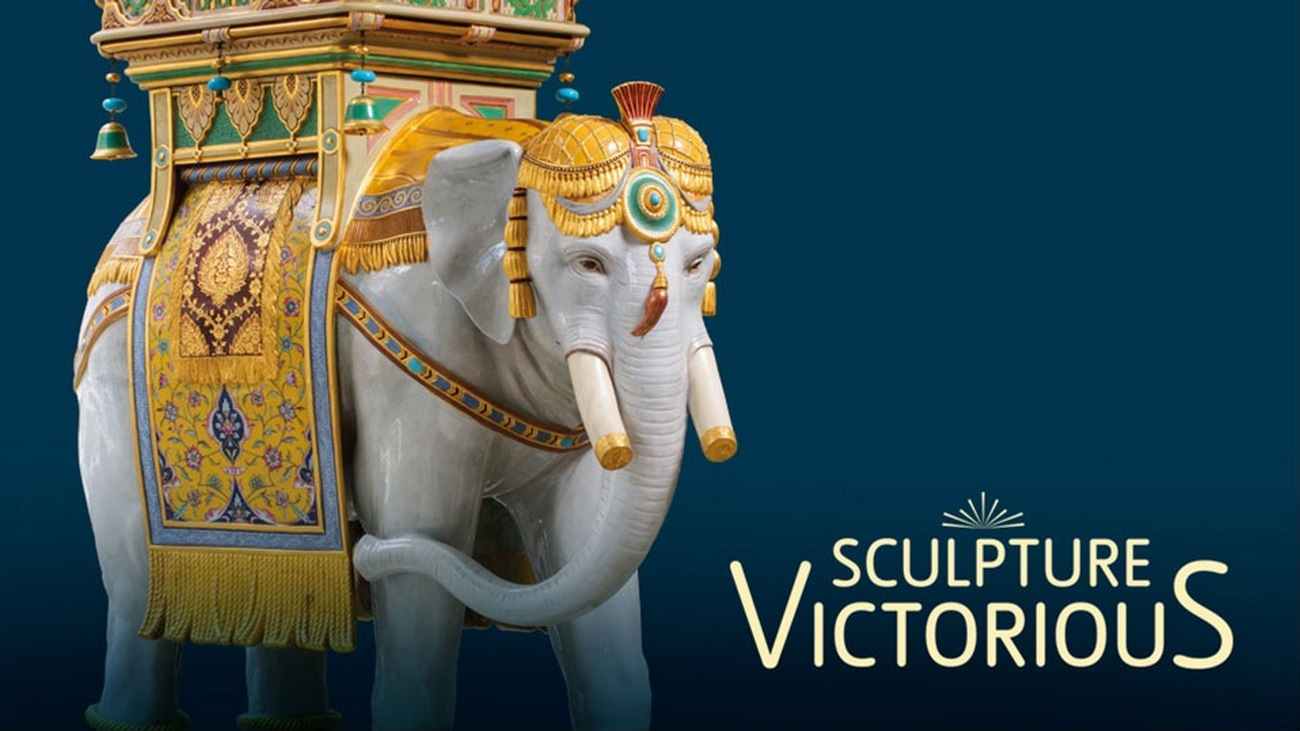Exhibition - Sculpture Victorious - Tate Britain (2015)
Tate Britain, 25 February - 25 May 2015


The exhibition Sculpture Victorious: Art in the Age of Invention, 1837-1901 was co-curated by Professor Jason Edwards of the University of York with Dr Martina Droth, Associate Director of Research and Education and Curator of Sculpture at the Yale Center for British Art, and Professor Michael Hatt, Professor of History of Art at the University of Warwick, with support from the Terra Foundation for American Art and Paul Mellon. Dr Greg Sullivan was the organising curator at Tate Britain.
With the industrial boom and urban expansion of the Victorian era came a huge growth in the production of sculpture, with new forms of patronage and huge demand. The exhibition explored the creation and display of sculpture in Britain and the British empire during this period and examined the cultural and political significance of sculpture in the nineteenth century.
The exhibition ran from 11 September to 30 November 2014 at the Yale Center for British Art, and at Tate Britain from 25 February to 25 May 2015.
A catalogue was published to accompany the exhibition.
The Victorian Web featured reviews of the exhibition at both Yale and Tate Britain; other reviews included the Observer and The Arts Desk.

Exhibition banners at Tate Britain

John Bell, Eagle Slayer (1851), painted iron. V&A Museum of Childhood, London

Francis Legatt Chantrey, Queen Victoria (1840), marble (detail); Royal Collection Trust/ ©Her Majesty Queen Elizabeth II

William Reynolds-Stephens, A Royal Game (1906–11); electrotyped bronze and wood, stone, abalone and glass. Tate, London

William Reynolds-Stephens, A Royal Game (1906–11); electrotyped bronze and wood, stone, abalone and glass (detail). Tate, London

St Edward Onslow Ford, posthumously completed by John Seymour Lucas, St George and the Dragon Salt Cellar (1901); silver, marble, ivory, and lapis lazuli. National Museums Liverpool, Lady Lever Art Gallery

Paul Comolera, Peacock (1873), lead- and tin-glazed earthenware (Majolica). Walker Art Gallery, Liverpool

Raffaelle Monti, Veiled Vestal (1847), marble (detail). ©Trustees of the Chatsworth Settlement

James Sherwood Westmacott, Saher de Quincy, Earl of Winchester (1848-1853); zinc electroplated with copper, with gilding (detail). House of Lords, London: one of the Magna Carta series of 18 statues in the House of Lords

Alfred Gilbert, Queen Victoria (1887-1889), marble. Army and Navy Club, London
Main image: Sculpture Victorious exhibition banner showing Elephant (1889), modelled by Thomas Longmore and John Hénk, produced by Minton & Co. for Thomas Goode & Co., lead- and tin-glazed earthenware (Majolica). Thomas Goode, Mayfair
